India now faces a forced recalibration: new US and EU measures against Rosneft and Lukoil tighten enforcement around Russian oil, making a phased reduction of India’s Russian crude intake more likely while creating space to advance tariff relief and a trade deal with Washington without formally abandoning strategic ties with Moscow, especially in defence. Refiners can credibly invoke sanctions compliance and finance/insurance constraints as they re-optimise crude slates toward Middle Eastern and Atlantic Basin supplies, even as New Delhi emphasises autonomy and continuity in Russia links beyond energy.
What exactly has changed with the latest measures?
The United States sanctioned Russia’s two largest oil companies, Rosneft and Lukoil, with a wind-down period for global buyers until November 21, elevating legal and compliance risks for any direct transactions with these entities. The European Union simultaneously adopted its 19th round of sanctions, enforcing new restrictions against Russian energy revenues and shipping circumvention channels, further constraining service providers and logistics tied to Russian barrels. Legal analyses note that the UK also aligned with asset freezes and anti-circumvention actions, underscoring a transatlantic tightening that raises costs and risks for third-country buyers and intermediaries.
What are the geostrategic implications for India?
The combined measures make payment, shipping, and insurance for Russian crude materially riskier, reducing India’s ability to sustain earlier discounted flows at scale and putting a premium on diversified term supplies from the Middle East and Atlantic Basin. In effect, enforcement is shifting from price-cap ambiguity to entity-based clarity, squeezing the room for opaque trades and increasing India’s incentive to recalibrate crude baskets for economic and diplomatic reasons. This creates a pathway for New Delhi to rebalance between energy security and US trade diplomacy while signalling to Moscow that the broader relationship remains intact beyond oil.
Will the US ease tariffs on India if purchases from Russia fall?
Market and policy analysts argue tariff easing is likely to be tabled if India materially curbs Russian crude, with Nomura, a Japanese investment and banking entity, suggesting lower US tariffs could offset the near-term costs of switching to non-Russian grades. US and Indian officials in both capitals say a bilateral trade deal is close, even as India stresses it will not “rush”, leaving room to exchange sanctions compliance for tariff relief without appearing to accept unilateral pressure. Reporting on the negotiation track indicates that legal text work is underway and that tariff outcomes could be sequenced with energy adjustments over the coming months.
Is it now ‘convenient’ for India to reduce dependence on Russian oil?
Yes, discounts have narrowed relative to earlier highs, counterparty risk has risen due to entity sanctions, and substitution barrels from Iraq, Saudi Arabia, the UAE, the US, and Latin America are available even if margins compress. Senior refinery executives now expect Russian flows to Indian processors to fall toward near-zero in the near term under the new designations and wind-down timelines, reflecting legal exposure and commercial prudence. Analysts concur that while the import bill and rupee-denominated costs may increase, the operational shift is technically manageable for Indian refiners.
Can Indian refiners credibly ‘blame sanctions’ as they taper Russian purchases?
Firms can point to sanctions on Rosneft and Lukoil, bank/insurer de-risking, and documentation reviews to ensure compliance, necessitating lower volumes even if political direction is absent. India’s largest private buyer, Reliance, has already signalled its intent to comply with Western sanctions, reinforcing a sector-wide narrative that reductions are compelled by rules, not preference or geopolitical calculations. Several state-run refiners scrutinise cargo documentation to avoid direct exposure to sanctioned entities, strengthening the compliance rationale over any geopolitical framing.
Does this align with Trump’s statements that India will stop buying Russian oil?
President Donald Trump has publicly said Prime Minister Narendra Modi assured him that India would stop buying Russian oil, and he has since reiterated that India is cutting back completely. Still, New Delhi has avoided confirming or denying such an assertion, emphasising national interest and energy security. US and global reporting show India is set to reduce purchases sharply, consistent with a phased approach driven by sanctions compliance and market logistics rather than an abrupt political decree. India is very particular about conforming to its idea of strategic autonomy and major energy security requirements. Major outlets note India’s efforts to avoid on-the-record commitments tied to unilateral sanctions, preserving diplomatic space even as refiners cut exposure in practice.
What is the near-term outlook for India’s Russian oil inflows?
Multiple refinery sources expect flows to fall steeply and potentially approach near-zero for the major processors, as before the Russia–Ukraine war. As the wind-down deadline nears, it reflects rising legal and operational risk. Reuters reporting indicates state refiners are reviewing contracts to avoid direct Rosneft and Lukoil cargoes, implying that Russia’s share of India’s crude slate will drop materially in the coming weeks. Domestic media assessments warn of a sharp contraction in Russian inflows under the expanded US measures on core producers.
How will India replace Russian barrels and at what cost?
Sourcing will re-tilt toward Iraq, Saudi Arabia, and the UAE under term and spot arrangements, alongside increased purchases of US grades and commercial buys from Latin America and West Africa, albeit with higher landed costs and freight. Analysts emphasise that while margins may be under pressure, the global availability of compatible grades and India’s diversified importer base enable a manageable switch at scale. India has expanded its crude import footprint to around 40 countries this year, cushioning any Russian taper’s speed and risk.
How will this affect India-Russia relations beyond energy?
Energy friction will likely rise as discounts go south and compliance risks mount. New Delhi is sending overt signals of continuity in defence cooperation to reassure Moscow that the broader strategic relationship will endure. Long-view analyses of the relationship underline its ability to absorb shocks through diversification, rupee-settlement experimentation, and leadership-level dialogue, making turbulence more likely than rupture. Russia, meanwhile, is advancing eastward trade rerouting and alternative logistics to manage revenue losses, which will shape how it values India ties across defence, nuclear, and technology channels.
Are new defence orders an effort to assuage Russian concerns?
Yes, discussions for additional S-400 missile stocks, associated sustainment, IAF trips, and other procurement signals point to India’s intent to maintain defence continuity even as oil purchases decline. Reporting on personnel movements and prospective missile acquisitions underscores an approach of decoupling defence from energy to stabilise the strategic pillar of the relationship, underscoring that increased purchase of Russian oil was a commercial decision rather than a geostrategic move. These steps assure that India remains a dependable defence partner even as compliance realities push down Russian crude volumes in the near term.
Will India be perceived as ‘buckling’ to US pressure?
New Delhi is framing decisions as sanctions compliance and interest-based hedging rather than capitulation, while walking toward a bilateral trade deal that could deliver tariff relief and broader economic gains. India has also reiterated its longstanding position against unilateral sanctions, even as it pragmatically reduces exposure—a stance aimed at preserving strategic autonomy narratives with the Global South and major powers alike. A calibrated taper paired with visible continuity in defence ties and diversified energy sourcing supports India’s image as a pragmatic balancer under great-power pressure.
What are the domestic economic implications for refiners and consumers?
Refiners will face narrower margins as Russian discounts fade and freight/insurance costs rise, even as the West cracks down on Russian “shadow fleets”. However, operational flexibility and alternative grades can mitigate product output and pricing shocks. Large private processors like Reliance and Nayara, which leaned heavily on Russian barrels, may soon see a more pronounced hit to profitability if they cannot fully replace discounted crude with similarly priced alternatives. In the medium term, tariff easing or a trade agreement with Washington could offset some costs, cushioning downstream price pressures and import bills.
What timeline and risks should policymakers and markets anticipate?
The US wind-down deadline makes November a pivotal month for cargo decisions, payment arrangements, and insurance coverage, after which exposure to Rosneft and Lukoil carries elevated legal and financial risk. Refiners are already moving to cut or halt purchases, suggesting a rapid adjustment period followed by a gradual re-optimisation of slates as new term and spot deals are secured. EU enforcement against circumvention and shipping services will continue to shape the logistics and cost of any residual flows, sustaining pressure well beyond the initial wind-down.
How should India balance energy security, tariffs, and strategic ties?
A phased, compliance-driven reduction of Russian crude—paired with accelerated diversification into Middle Eastern and Atlantic Basin grades—minimises legal and financial risk while positioning India to convert progress into tariff relief and a trade deal with the United States. In parallel, visible continuity in defence cooperation with Russia can stabilise the non-energy pillar of the relationship, which has been the bedrock of India-Russia ties, preserving leverage and strategic options in a tightening sanctions environment. This dual-track “pragmatic balancing” maintains energy security, advances trade diplomacy, and avoids an overt rupture with Moscow, consistent with India’s broader great-power strategy.
Amitabh Singh teaches at the School of International Studies, JNU, New Delhi. Views expressed are personal and solely those of the author. They do not necessarily reflect Firstpost’s views.


)

)
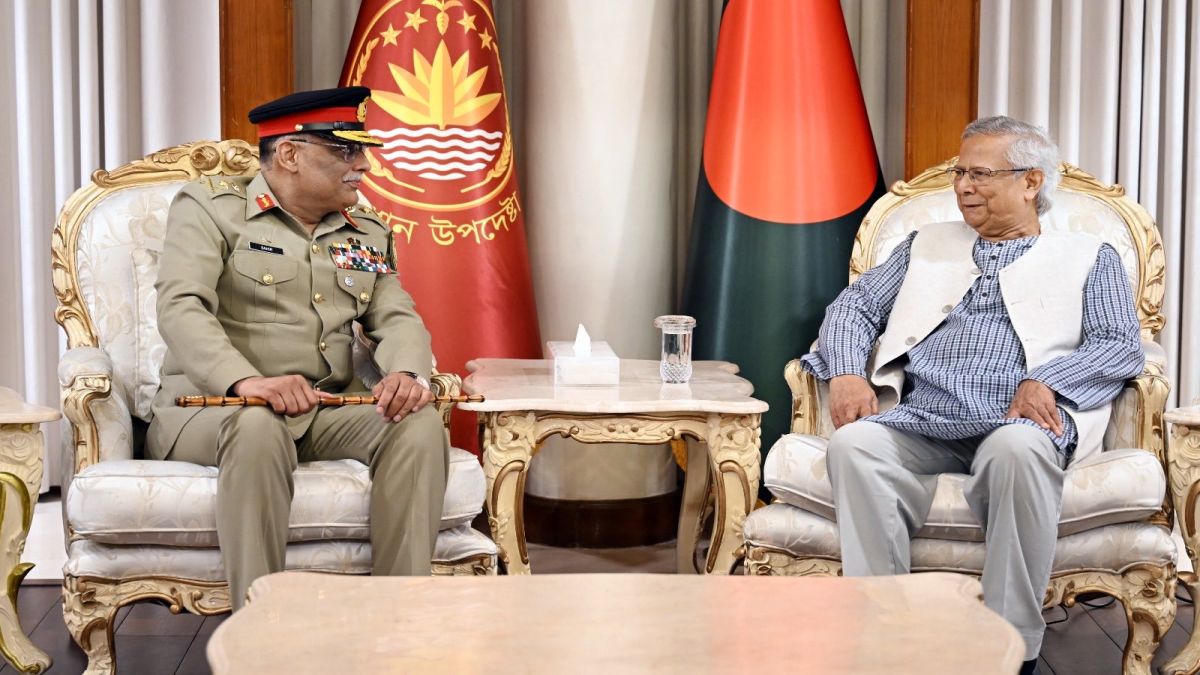)
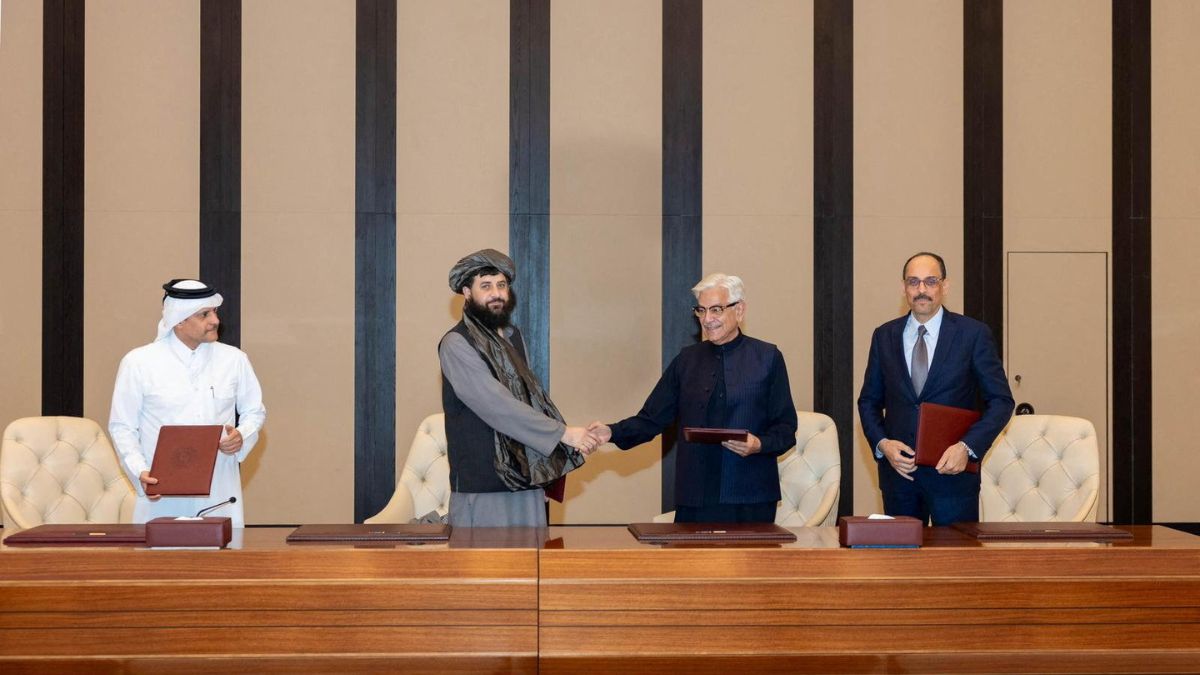)
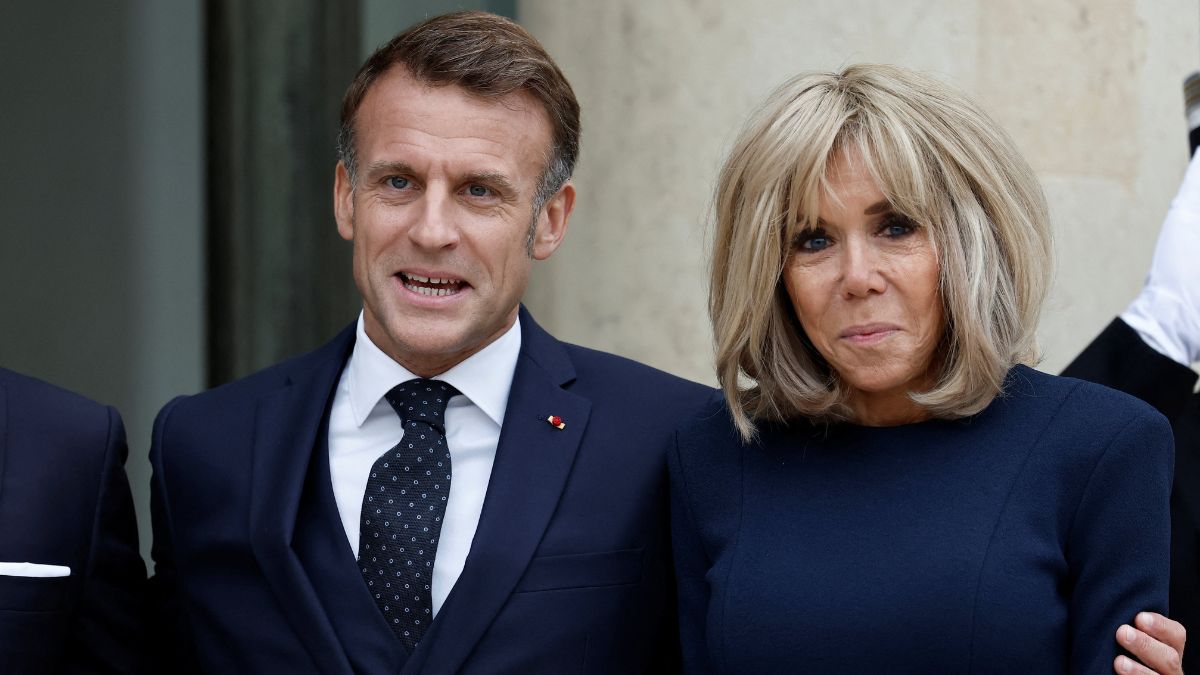)
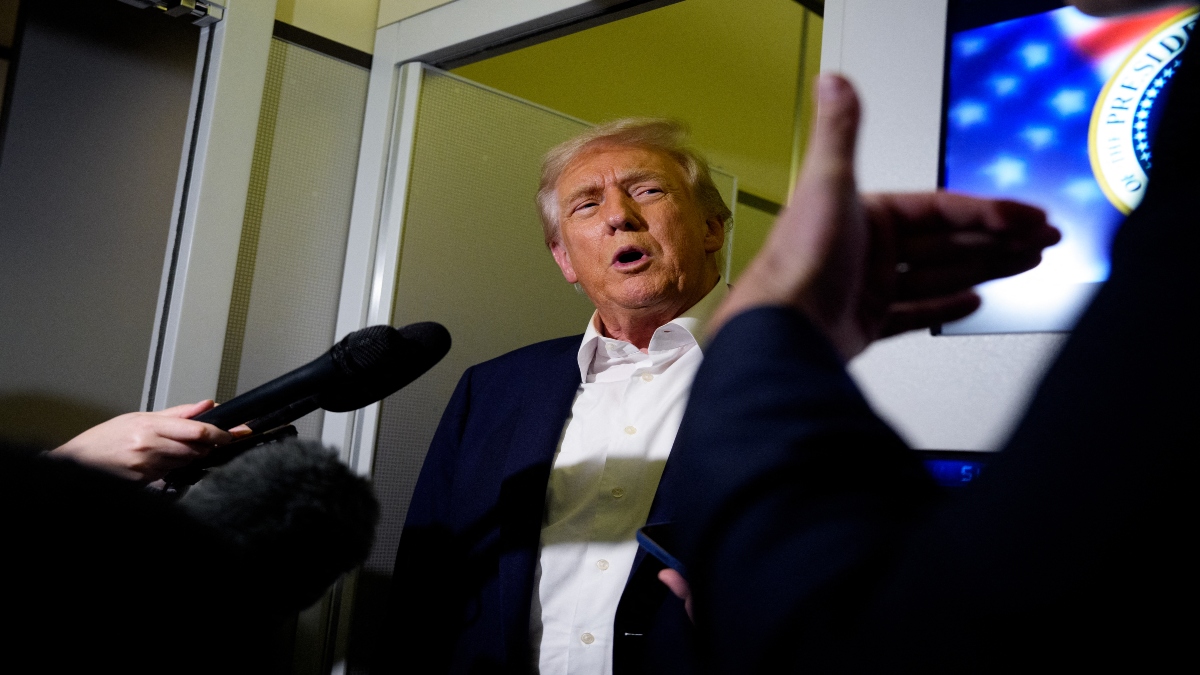)
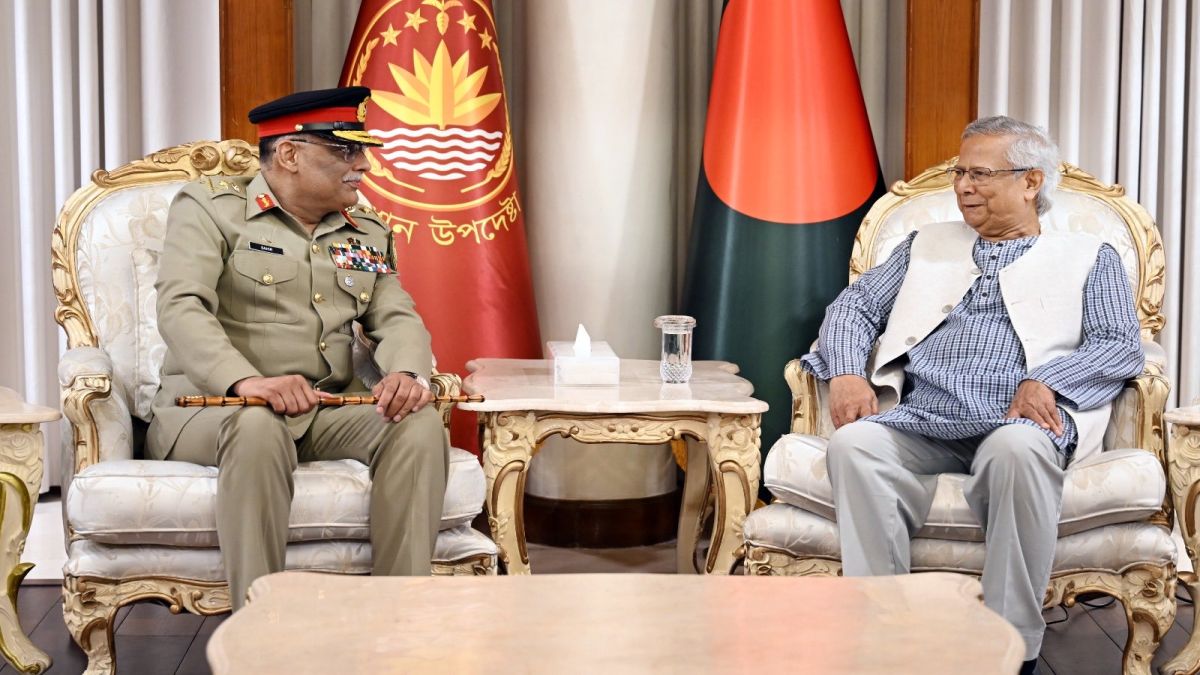)
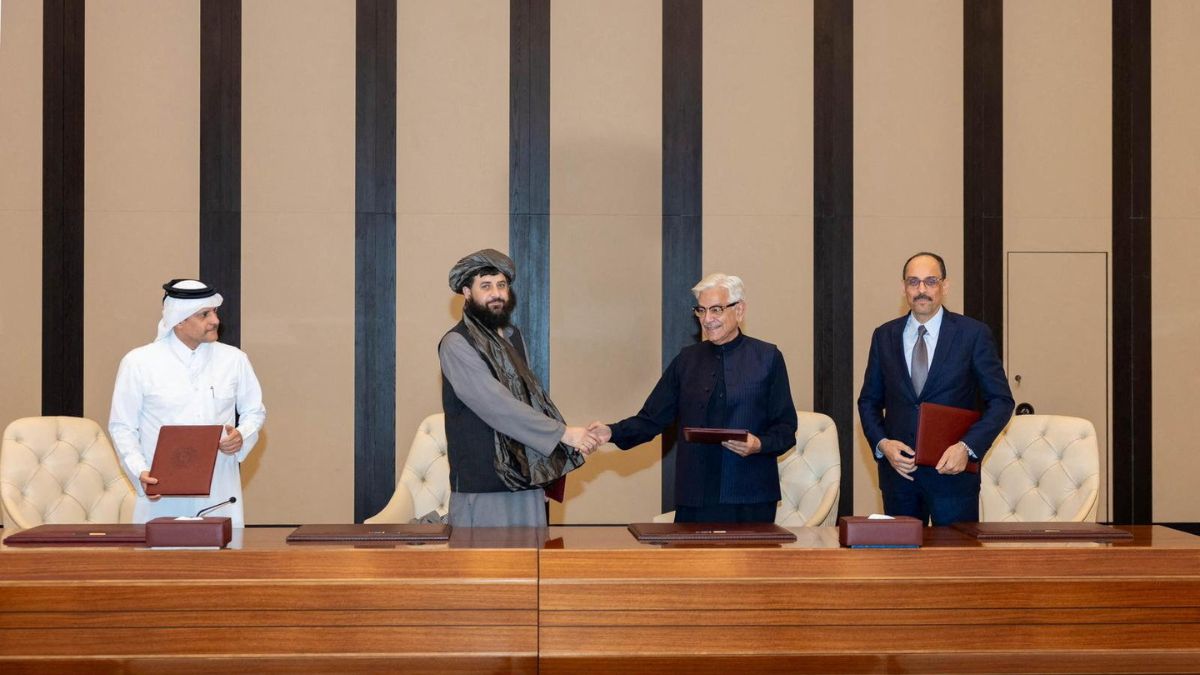)
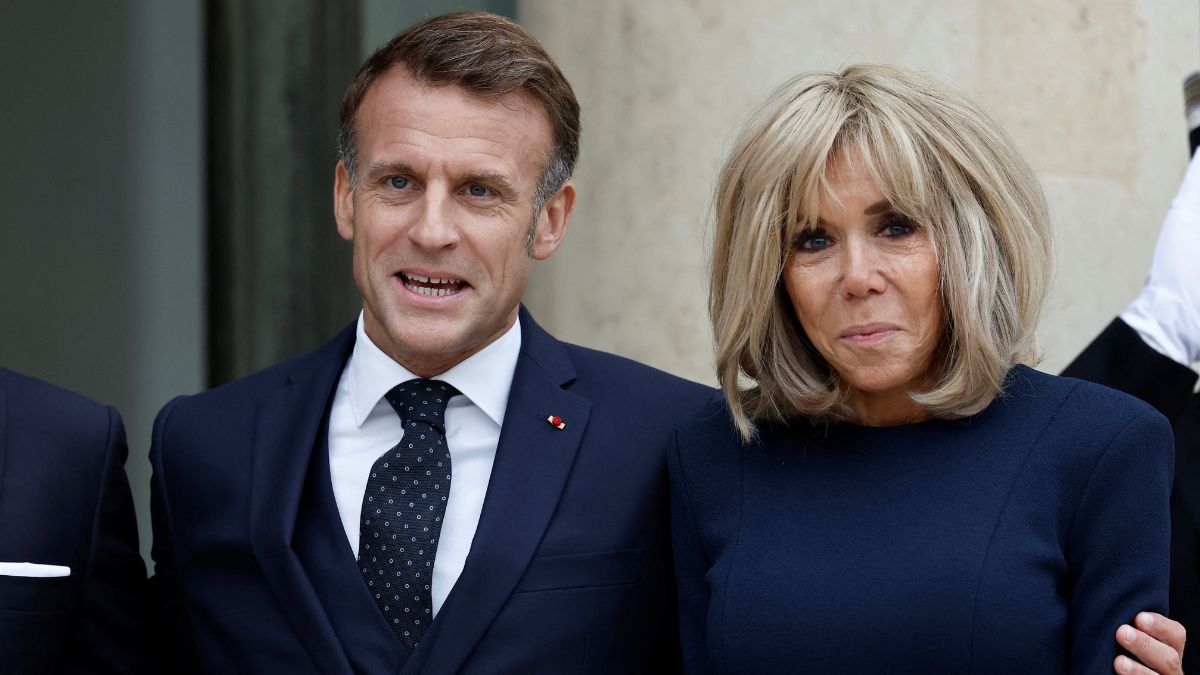)



